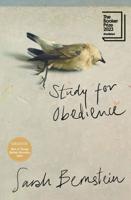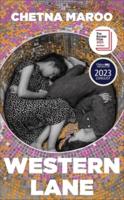Publisher's Synopsis
The story begins in 1950 with young Harold Cuzzins reflecting on his life in Boggersville, Missouri-a town of eight hundred people. Harold is an African-American protagonist of fifteen, who is wise beyond his years. He lives with his father and older brother in a poor section of town. His mother is deceased. One day, while fishing on Indian Crik, Harold discovers a beautiful house surrounded by shanties in the backwoods of an area just at the end of Frog Holler Road. When he tells his brother about the place, he is warned to stay away from it, which only intensifies his desire to find out what is happening at the place with the sign that reads, "Welcome to The Juke." Boggersville itself is a town of Deep South culture, where the local ladies bridge group still sings De Camptown Races at each of their club meetings, where minstrel shows are common, and Beanie's Barbershop is the site of tittle-tattle about goings-on in the backwoods of Northeast Missouri. Of recent interest is the hiring of a new, wet-behind-the-ears police chief, who is a transplant from the streets of St. Louis. Arch McMarten becomes the white protagonist who, as a result of early life experiences with urban racism, is troubled by what he sees developing in Boggersville. As Harold's explorations of The Juke intensify, dangers surface. A heartbreaking death in a local "scum pond" serves as the apogee of the story, and McMarten initiates the first major investigation of his career. Eventually he and Harold become allies, focusing their attentions on the role of the Juke and its operators. Throughout the story, both protagonists struggle with their identities-Arch as a white cop with a conscience and Harold as a black kid who is just beginning to comprehend the significance of skin color in his community. The interplay between these two characters and their struggles is a major and unique feature of this book. Characters adding depth to the story include Miz Weatherford, Harold's tea








